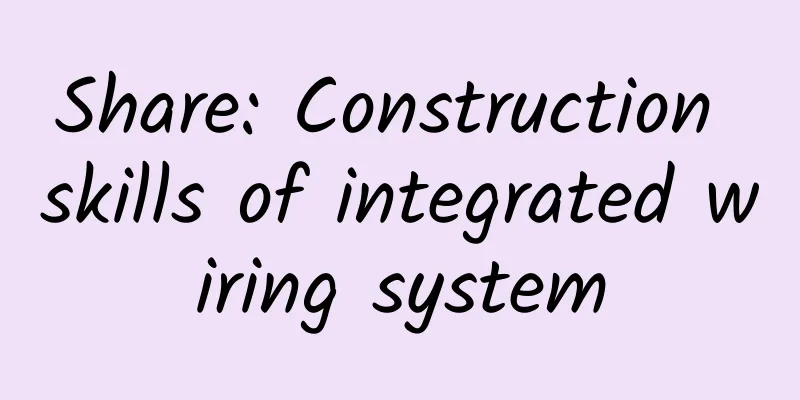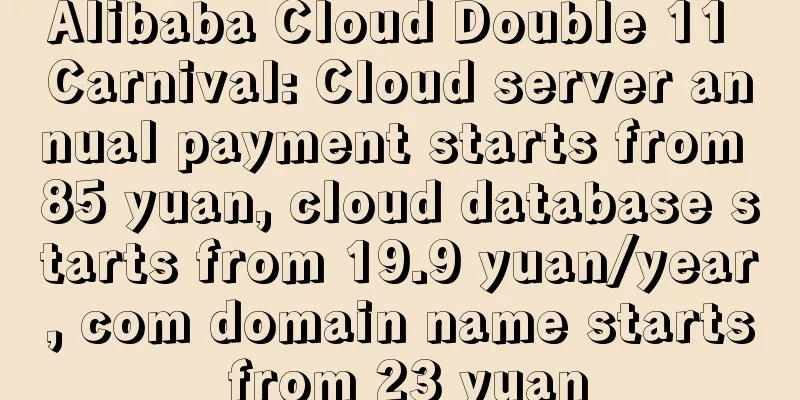Learn about the last of the four types of switch messages in one minute: known unicast

|
Continuing from the previous article "Learn three of the four types of switch messages in one minute: broadcast, multicast, and unknown unicast" 90% of the traffic transmitted by the Layer 2 switch is known unicast In the previous article, we talked about how Layer 2 switches divide messages into four categories when forwarding messages: broadcast, multicast, unknown unicast, and known unicast. Although the first three types of messages look different, Layer 2 switches handle them in the same way: flood forwarding. Today we will introduce the last type: known unicast. Because the switch handles it differently from the other three types of messages, we will introduce it separately today! In a daily working environment, more than 90% of the packets forwarded normally by a Layer 2 switch are known unicast packets. If not, it means that there is a problem with the network, there may be a loop or the switch is being attacked. In order to take care of those who are new to the network, let's first popularize the concept of known unicast! In the switch MAC address table, there is a message with an entry, called a known unicast Every time the switch receives a message, it will extract its destination MAC address and then search the MAC address table to see if there is an entry corresponding to the destination MAC:
For example, the MAC address table of a switch is as follows: MAC address entry
For known packets, the Layer 2 switch will forward them from a specific interface. In our previous article, we said that switches will perform flooding for broadcast, multicast, and unknown unicast messages. So how do switches handle known unicast messages?
For example, in the MAC address table below, when the switch receives a packet with a destination MAC of 0000-0011-1111, it will only forward it from G0/0/1 and will not forward it from G0/0/2. It will only be forwarded from G0/0/1 This is also the biggest feature of known unicast! Summarize As mentioned above, more than 90% of the traffic on the network is known unicast. Can you guess why? Because the normal forwarded message must have an outbound interface, if not, the traffic will be flooded! We know that flooded traffic will be copied multiple times and sent out from multiple interfaces! This forwarding method will not only waste the resources of the switch, but also occupy a lot of bandwidth, which should not exist (a small amount is acceptable). If there is a large amount of flooded traffic, it means that there is a problem with the network, and the network failure needs to be eliminated. At the same time, measures should be taken to limit the transmission of flooded traffic! |
<<: Key considerations for deploying Wi-Fi 6
>>: TCP SYN Queue and Accept Queue
Recommend
my country has built more than 2.93 million 5G base stations, and the number of 5G mobile phone users has reached 676 million.
July 19 news, at today's State Council Inform...
Policies are hot, but enterprises are cold. Industrial Internet is a trend in the long run, but it is still a tough nut to crack at present.
In the post-epidemic era, the domestic epidemic h...
What does a Web Application Firewall do? How is it different from traditional network devices?
What is a WAF? The full name of WAF is (Web Appli...
Take off, I made an LRU cache by hand, the source code turned out to be so simple!
LRU Introduction LRU is the abbreviation of Least...
How to lay the foundation for closed-loop automation
Today, many enterprises are digitally transformin...
How to connect multiple Ethernet switches?
Ethernet is not a new technology as it has been u...
Issues that need to be resolved before NFV large-scale deployment
NFV is a key technology that enables network reco...
Shen Bin from CAICT: 5G factories promote high-quality development of "5G+Industrial Internet"
In August 2022, the Ministry of Industry and Info...
How do SD-WAN solutions improve network performance?
In the 2016 National WAN Report survey, responden...
Say goodbye to data "roaming" fees: 10 questions, everything you want to know is here
Recently, the three operators have successively i...
Huawei FusionServer RH8100 adds another option to the mission-critical server market
With the transformation from "Made in China&...
Goodbye, 2G/3G is retiring
With the advent of the 5G era, there have been a ...
DMIT Japan International Line KVM monthly payment 20% off from $8.72, annual payment 50% off, supports PayPal/Alipay
DMIT.io is a foreign hosting company founded in 2...
[11.11] ZJI Double 11 additional Hong Kong Alibaba models 55% off monthly payment starting from 412 yuan
Late last month, we shared the news that ZJI star...
HostDare: 20% off for Japan VPS starting at $18.39/half year, 60% off for Los Angeles VPS starting at $10.4/year
HostDare launched the Japanese VPS at the end of ...









